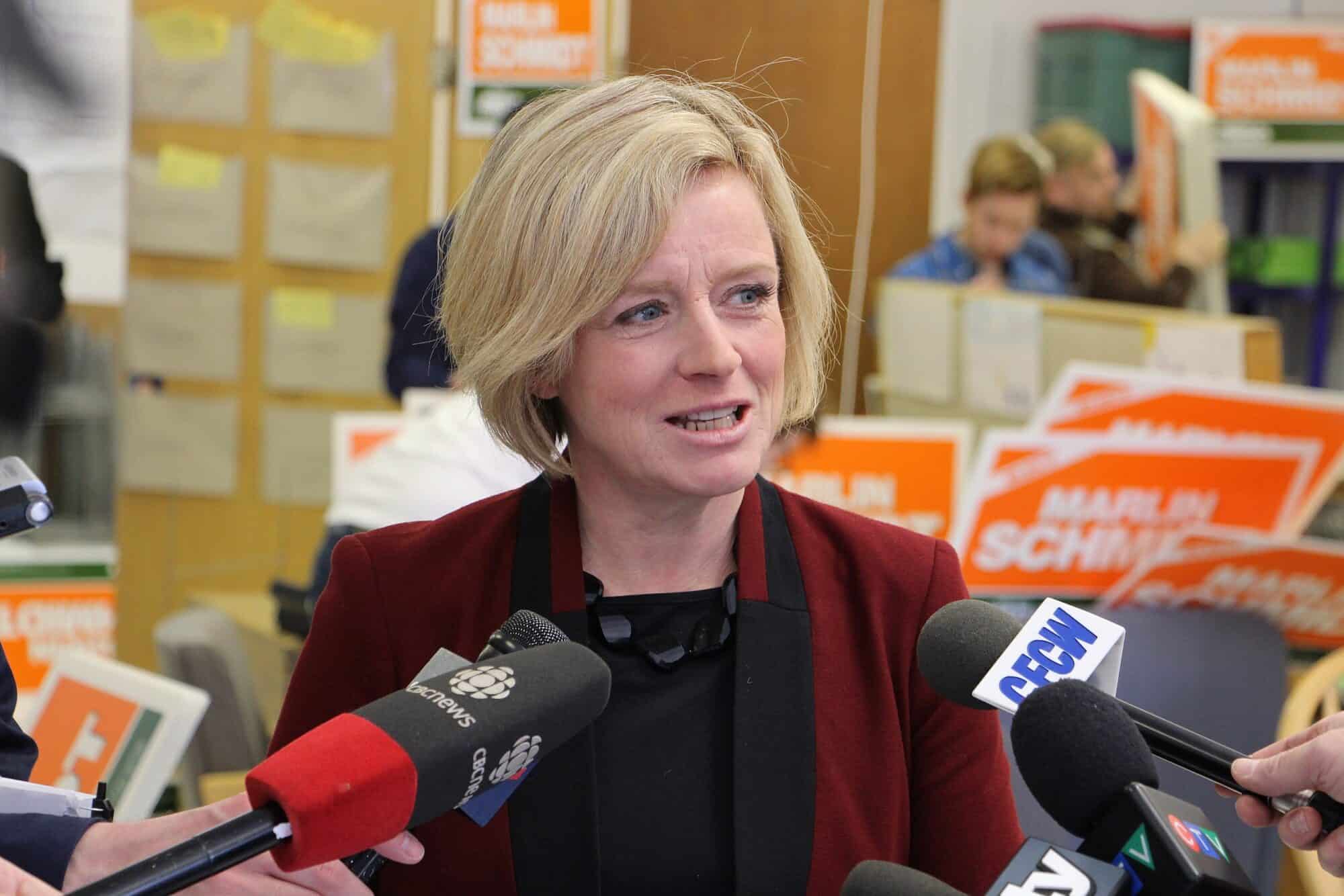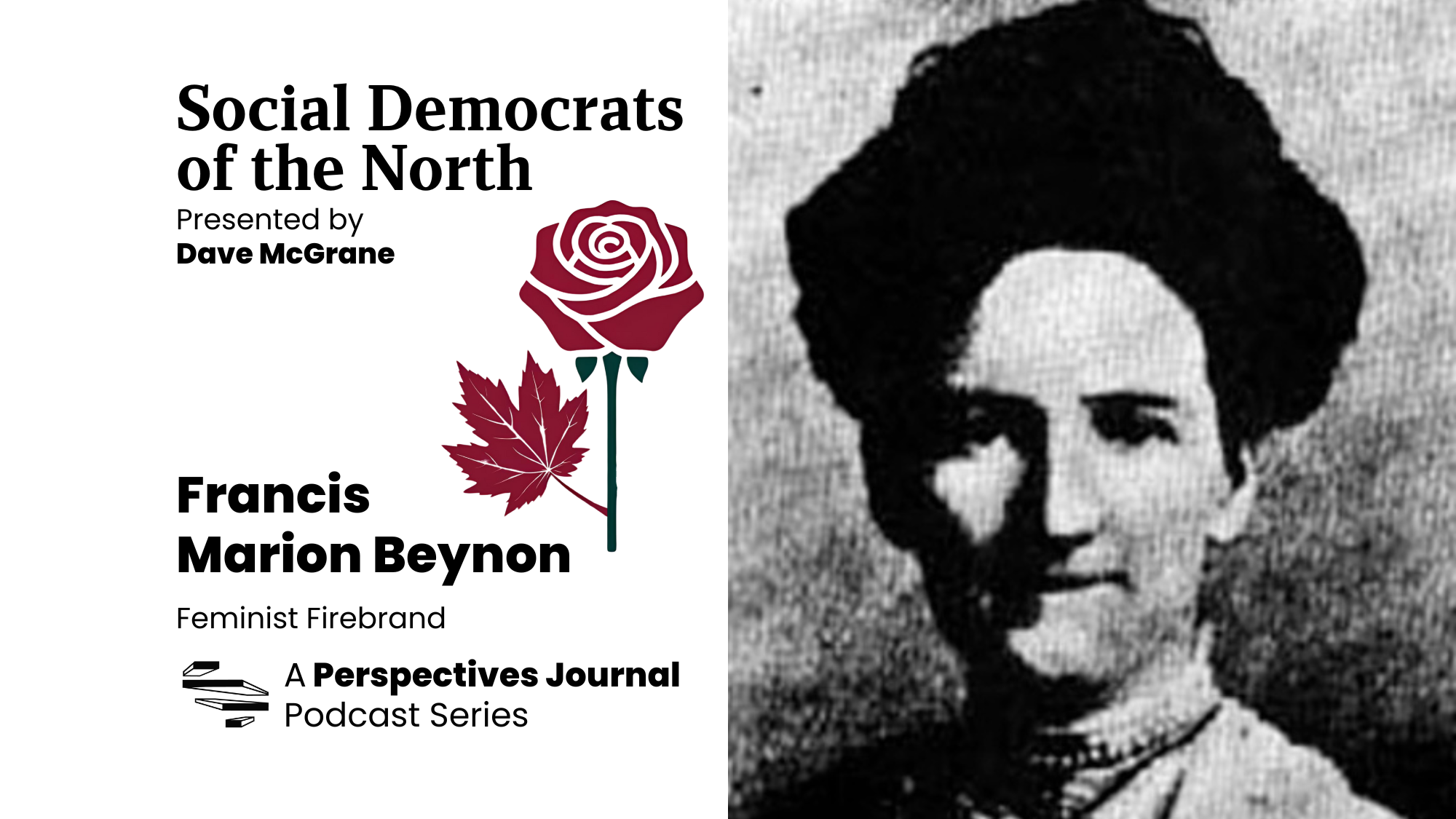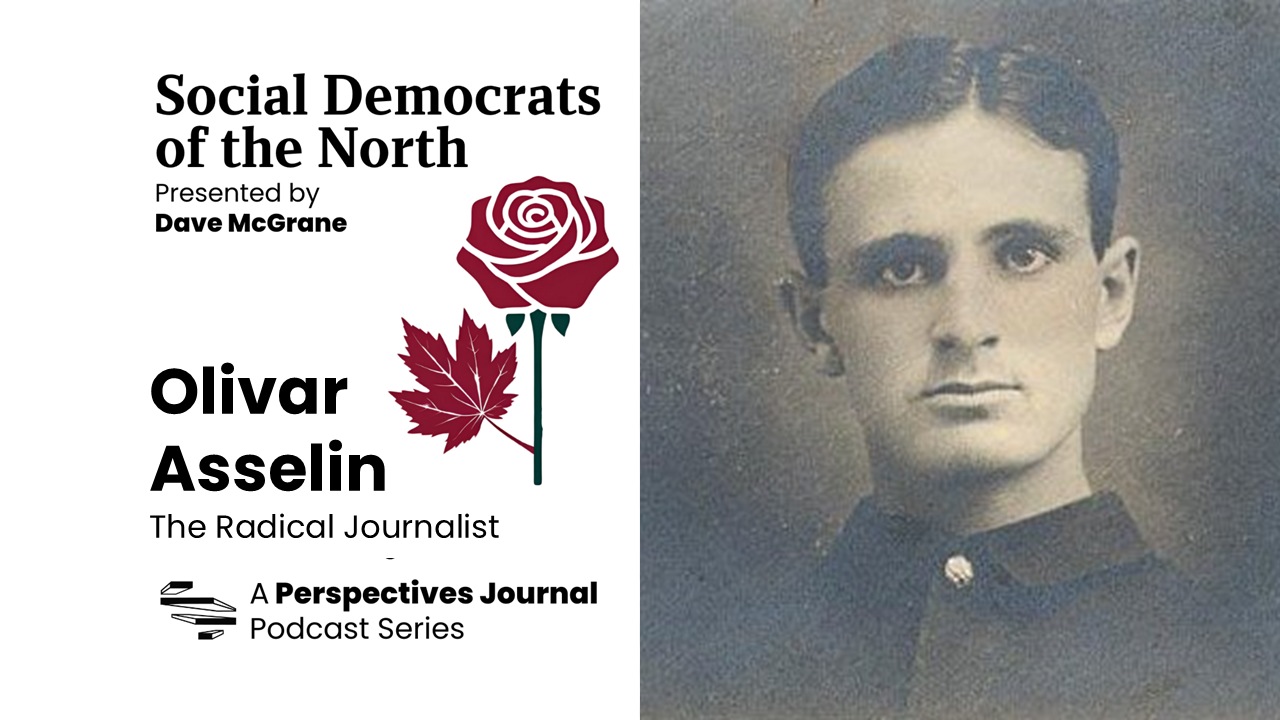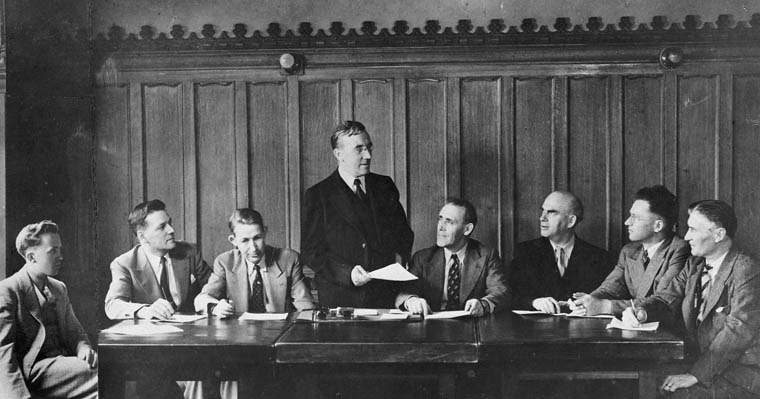In the midst of the catastrophic fires that have devastated homes and livelihoods in the city of Fort McMurray, the Alberta government has declared a state of emergency. All focus is now on ensuring the safety of Albertans in this time of need.
These fires are but the latest serious crisis to test Alberta and its new government. May 5th marks the one-year anniversary of the historic Alberta election that saw the NDP win a majority government after 44 years of Progressive Conservative rule.
A lot has changed in the past year, one punctuated by a commodity market bust and now these devastating fires. Even as the Notley government mobilizes to meet the challenge of this heart wrenching natural disaster, the breadth and depth of progressive reforms that her government has secured to date deserve enumeration.
Last month, the government put forward its second budget. Both budgets demonstrated Premiere Notley’s commitment to a social democratic agenda, including clearly rejecting the use of austerity to counteract the effect the low price of oil has had on Alberta’s economy. Instead, they have instituted infrastructure and social spending projects, with the dual aim of diversifying the economy and creating jobs that do not rely on high commodity prices.
One social spending investment is in affordable housing. Notley’s government has committed just under $1.2 billion over five years to fund capital maintenance on the existing housing stock and build more units. This commitment is especially impressive when you consider the BC’s government just announced a commitment about a third of the size of Alberta’s for the worst rental market in the country. The majority of Alberta’s funding will go to new affordable units, but the details are still being worked out with municipalities.
Another major change in the last year has been Premiere Notley’s commitment to tackle climate change. For example, the large infrastructure spending commitment in Budget 2016’s Capital Plan – almost $35 billion over five years – contains just shy of $1 billion for GreenTRIP, a public transit funding program that requires projects to specify how they will reduce greenhouse gas emissions.
Of course, the main focus on addressing climate change is the Climate Leadership Plan. When it was first introduced in November, it achieved positive reactions from environmental and industry groups. Two main parts under the Plan are a full phase out of coal by 2030 and replacing it with renewable energy, and an economy-wide carbon tax, which takes effect January 2017. While these may seem ambitious, around half of Albertans support both the Plan, and the reinvestment of revenue that will be raised by the carbon tax.
In total, that revenue is expected to be $9.6 billion over five years, with approximately two-thirds set to be re-invested in the shift to renewable energy. The other one-third will be used to help Albertans and communities transition away from coal – including investments in retraining workers, and support for Indigenous communities dependent on jobs in the coal sector. The mining sector, including coal mining, is the largest proportional employer of Aboriginal people in the private sector, so the funding to assist workers and communities transition away from these high-wage jobs will be a very important piece in switching the economy to renewables.
In contrast to former Progressive Conservative Premiere Jim Prentice, who proposed cutting funding for health and education last year, Premiere Notley has stabilized the funding to these sectors. This includes resources for health infrastructure, and full funding for enrollment growth in public schools. It also continues the two-year post-secondary tuition freeze.
Notley’s government has also made real efforts to address child and family poverty in Alberta. Last November, the new Alberta Child Benefit (ACB) was announced, which will come into effect this July. Eligible families (families with income less than $41,220, with maximum benefits for families with incomes below $25,500) will receive up to $1,100 per year for one child, to a maximum of $2,750 for families with four or more children. Even without the new federal Canada Child Tax Benefit, the ACB will make a huge difference for low-income Albertans.
The NDP government has also made a strong commitment to gender equality. In addition to being the first gender-balanced cabinet in Canada, this budget contains a huge increase in funding for Status of Women to establish a stand-alone ministry. The funding includes an increase in staffing levels from 6 to 34 full-time equivalent positions, which is a strong signal that this government is taking gender equity seriously.
There have been some great behind-the-scenes choices as well. For example, the government has produced two clear, well laid-out, and highly transparent budgets. After widespread criticism of the transparency of the 2016 federal budget, Finance Minister Joe Ceci and his team should be commended on their commitment to presenting clear fiscal plans, including a new feature called a risk adjustment factor. Along with estimates of the deficit based on oil prices at the average private sector forecasts, the risk adjustment factor estimates the deficit with oil prices $10/barrel lower than private sector forecasts, creating a best case/worst case scenario
In the past year, there has been a huge shift in Alberta. The flat-tax was eliminated in favour of a progressive personal income tax. Corporations and unions can no longer donate to political parties. There will be a $15 per hour minimum wage by 2018. And now, Alberta has introduced an economy-wide carbon tax, created the Alberta Child Benefit, and made real commitments to affordable housing.
One year since their historic election, and in the midst of a massive economic downturn, the Notley government has proven what progressive, principled government can do. That vision and principled leadership will be needed ever more in the coming months and years as Albertans come together in the wake of this breathtaking destruction by fires.





